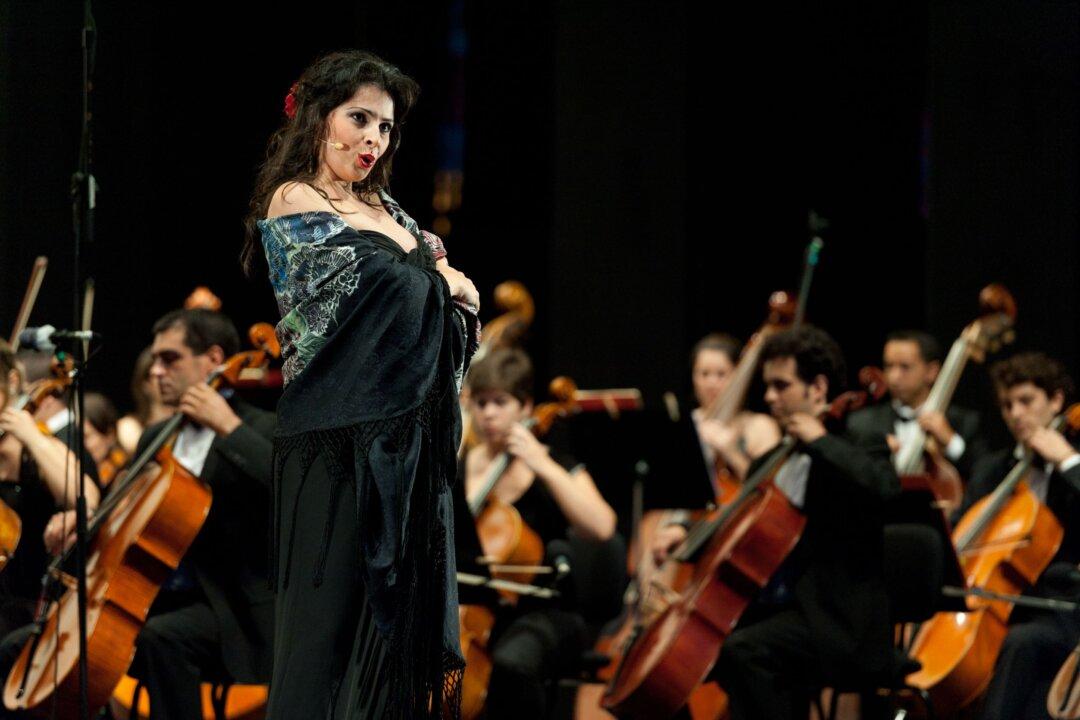Everything in the “Carmen Fantasy” (1882) shouts virtuosity. From its fascinating origins to its entrancing score, all elements combine to form the ultimate violin showpiece.
Sarasate, the Virtuoso
Virtuosity was the key factor in the 19th-century world of Western music. Ease of travel, abundance of new repertoire, technologically advanced instruments, and Romantic ideals created the ideal climate for the rise of the virtuoso soloist, a compelling musician endowed with exceptional technique.One such musician was Pablo de Sarasate (1844–1908), a Spanish violinist and composer, and a former child prodigy. Like many of his peers, he composed numerous showpieces for the violin. He often performed them during his tours, demonstrating technical prowess.






